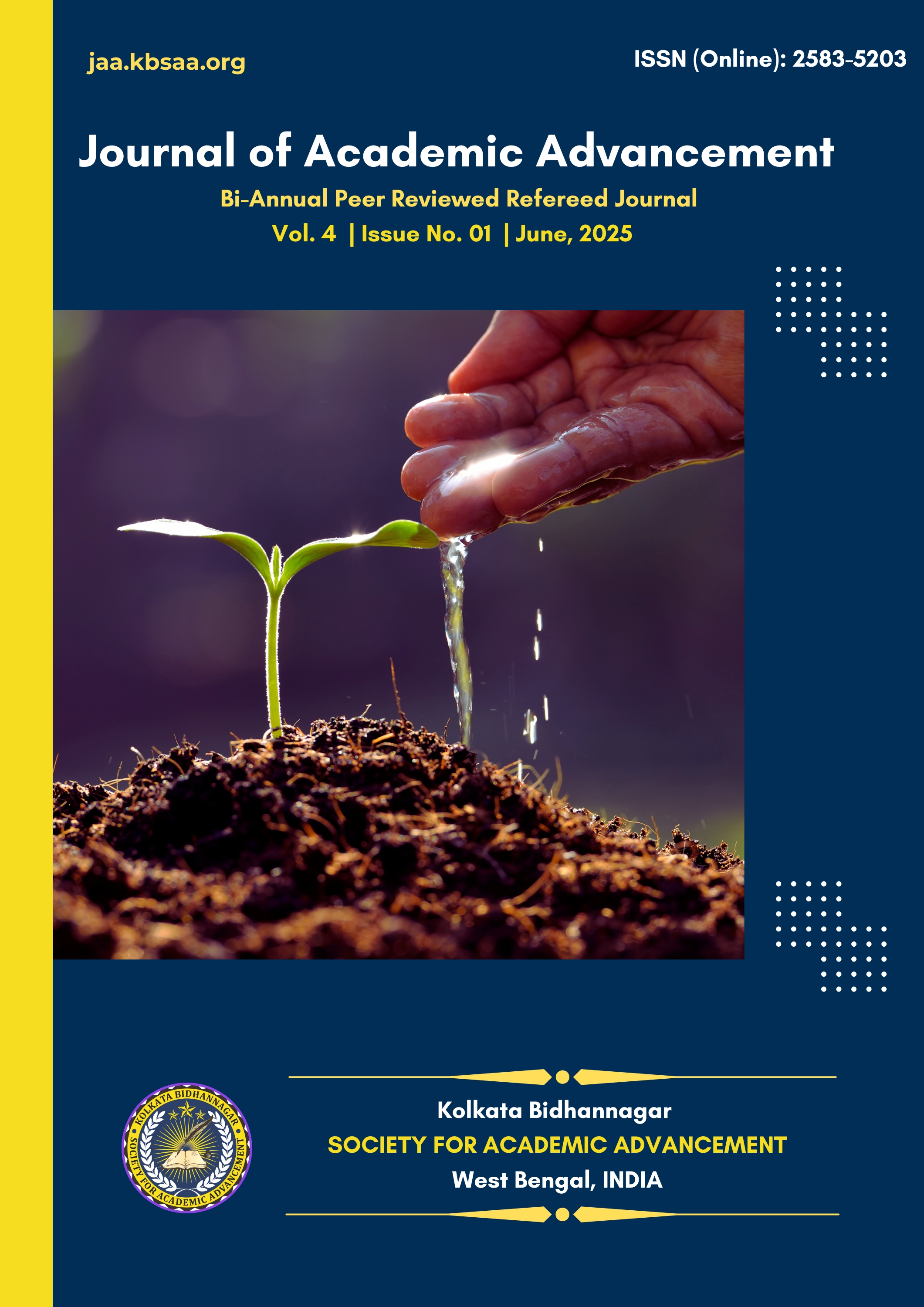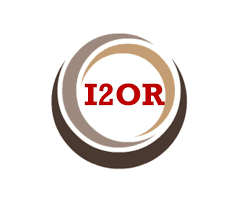The Impact of Working Capital Management on Financial Performance: An Empirical Analysis of the Automotive Components Industry in West Bengal
Keywords:
RoA, DIO, DSO, DPO, Multicollinearity, Regression Analysis, WCMAbstract
Working Capital Management (WCM) is one of the major tools for analysing the effectiveness of the firm. Different factors are included in the studies of WCM, but three factors that affect the WCM most are the inventories, accounts receivable, and accounts payable. These three are being analysed in terms of DIO (Days’ Inventory Outstanding), DSO (Days’ Sales Outstanding), and DPO (Days’ Payable Outstanding). The study focuses on the MSMEs that are operating in the automobile component manufacturing segment for the period of 2011 to 2021.
The method of sampling that was used was a purposive sample, and it consisted of 11 companies and 129 observations that were collected throughout 2011 to 2021 from the automotive component sub-sectors. The technique of analysis that was carried out was called panel data regression, and it made use of the Common Effect Model. According to the findings of this research, the ROA is significantly impacted negatively by both the DIO and the DPO, although the DSO has an impact in the other direction. When developing the most effective procedures for capital budgeting, it is advised that companies also take into consideration working capital management. The conclusions of this article might be helpful to managers of companies in optimising their WCM methods and practices.
References
• Arunkumar O., & Ramanan T. (2013). Working capital management and profitability: A sensitivity analysis. International Journal of Research and Development - A Management Review, 2(1), pp. 51–58.
• Azhagaiah Ramachandran, Muralidharan Janakiraman, The Relationship between Working Capital Management Efficiency and EBIT Managing Global Transitions, Volume 7, pp. 61 – 74.
• Bagchi, B., & Khamrui, B. (2012). Modelling Working Capital Management Using Stationary Series for Indian Public Sector Companies. Prajnan, 43(2).
• Bhanawat, S. S., & Chundawat, D. S. (2012). Prediction of Shareholders' Wealth: A Quantitative Analysis. IUP Journal of Accounting Research & Audit Practices, 11(3).
• Bhayani, S. J. (2005). Determinants of capital structure: An empirical analysis of the Indian private corporate sector. Asia Pacific Business Review, 1(2), pp. 13-23.
• Bose B. (2013). The impact of working capital management practices on a firm’s profitability. International Journal of Applied Research and Studies, 2(6), pp. 1–15.
• Chakraborty, S. A. Working Capital Management: A Study on Indian Pharma Companies.
• Chaminade, C., & Vang, J. (2007). Innovation policies for Asian SMEs: an innovation system perspective. Handbook of Research on Asian Business, 381.
• Danuletiu, A. E. (2010). Working Capital Management and Profitability: A Case of Alba County Companies. Annales Universitatis Apulensis-Series Oeconomica, 12(1).
• F. Samiloglu and K. Demirgunes, (2008). The Effect of Working Capital Management on Firm Profitability: Evidence from Turkey. The International Journal of Applied Economics and Finance, 2: pp. 44-50.
• Faulkender, M., & Wang, R. (2006). Corporate financial policy and the value of cash. The Journal of Finance, 61(4), 1957-1990.
• García‐Teruel, P. J., & Martínez‐Solano, P. (2007). Effects of working capital management on SME profitability. International Journal of Managerial Finance, 3(2), pp. 164-177.
• Ghosh, S. (2006). Did financial liberalisation ease financing constraints? Evidence from Indian firm-level data. Emerging Markets Review, 7(2), pp.176-190.
• Mandal, N., & Goswami, S. (2010). Impact of working capital management on liquidity, profitability and non-insurable risk and uncertainty bearing: A case study of Oil and Natural Gas Commission (ONGC). Great Lakes Herald, 4(2), pp. 21-42.
• Mandal, S. C., Boidya, P., Haque, M. I. M., Hossain, A., Shams, Z., & Mamun, A. A. (2021). The impact of the COVID-19 pandemic on fish consumption and household food security in Dhaka city, Bangladesh. Global Food Security, 29, 100526.
• Miller, M. H. (1989). The Modigliani‐Miller propositions after thirty years. Journal of Applied Corporate Finance, 2(1), pp. 6-18.
• Parashar, N. (2010). An Empirical Study on Personality Variation and Investment Choice of Retail Investors. Journal of Management and Information Technology, 2(1), pp. 33-42.
• Prasad, P., Sivasankaran, N., Paul, S., & Kannadhasan, M. (2019). Measuring the impact of working capital efficiency on the financial performance of a firm: An alternative approach. Journal of Indian Business Research, 11(1), pp. 75-94.
• Raheman, A., Afza, T., Qayyum, A., & Bodla, M. A. (2010). Working capital management and corporate performance of the manufacturing sector in Pakistan. International Research Journal of Finance and Economics, 47(1), pp. 156-169.
• Conventional Techniques Adequate? Decision, 18(2), p. 81.
• Sharma, A. K., & Kumar, S. (2011). Effect of working capital management on firm profitability: Empirical evidence from India. Global Business Review, 12(1), pp. 159-173.
• Singh, J. P., & Pandey, S. (2008). Impact of Working Capital Management on the Profitability of Hindalco Industries Limited. ICFAI Journal of Financial Economics, 6(4).
• Sur, D., & Chakraborty, K. (2011). Evaluating the relationship of working capital and profitability: A Study of Select Multinational Companies in the Indian Pharmaceutical Sector. IUP Journal of Management Research, 10(2), 7.
• Sur, D., Maji, S. K., & Banerjee, D. (2014). Working Capital Management in Select Indian Pharmaceutical Companies: A Cross-Sectional Analysis. In Handbook of research on strategic business infrastructure development and contemporary issues in finance (pp. 1-11). IGI Global.
• Talat Afza, Mian Sajid Nazir, Working Capital Management Policies of Firms: Empirical Evidence from Pakistan, Presented at 9th South Asian Management Forum (SAMF) on February 24-25.
• Venkatraman, N., & Ramanujam, V. (1987). Measurement of business economic performance: An examination of method convergence. Journal of Management, 13(1), pp. 109-122.
Downloads
Published
How to Cite
License
Copyright (c) 2025 Mainak Chakraborty, Suraj Sharma , Uttiya Basu

This work is licensed under a Creative Commons Attribution 4.0 International License.
Research Articles in 'Journal of Academic Advancement' are Open Access articles published under the Creative Commons CC BY License Creative Commons Attribution 4.0 International License http://creativecommons.org/licenses/by/4.0/. This license allows you to share – copy and redistribute the material in any medium or format. Adapt – remix, transform, and build upon the material for any purpose, even commercially.







